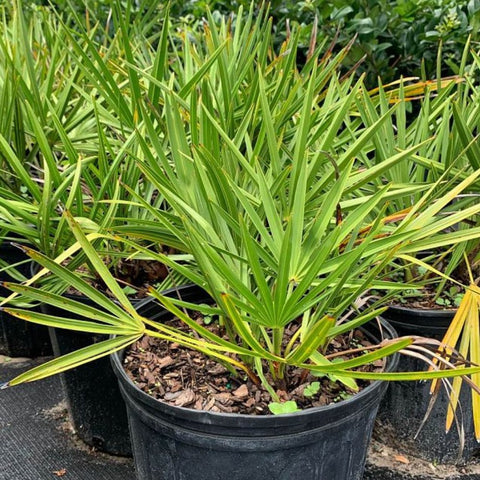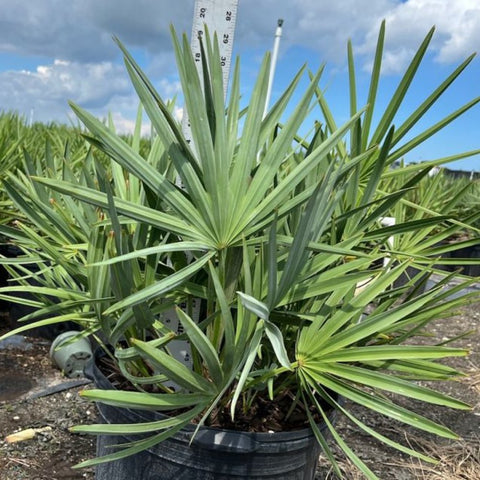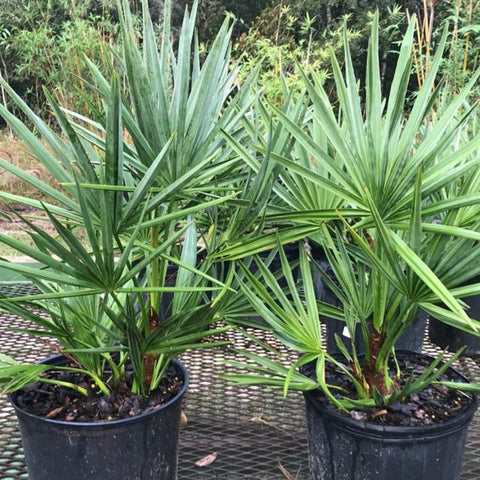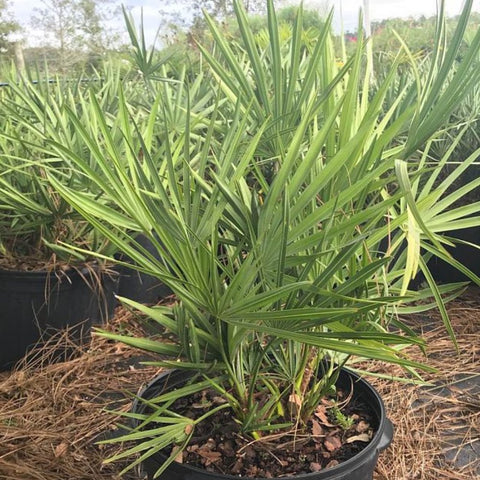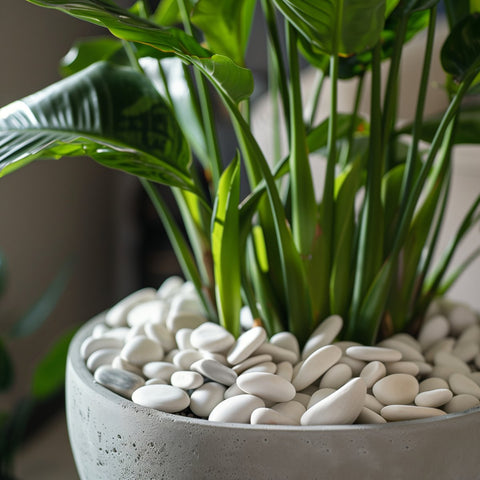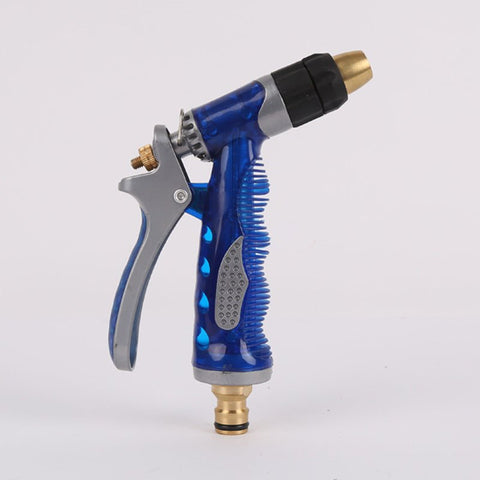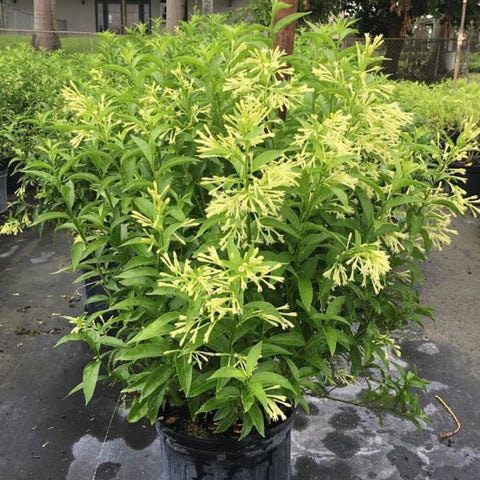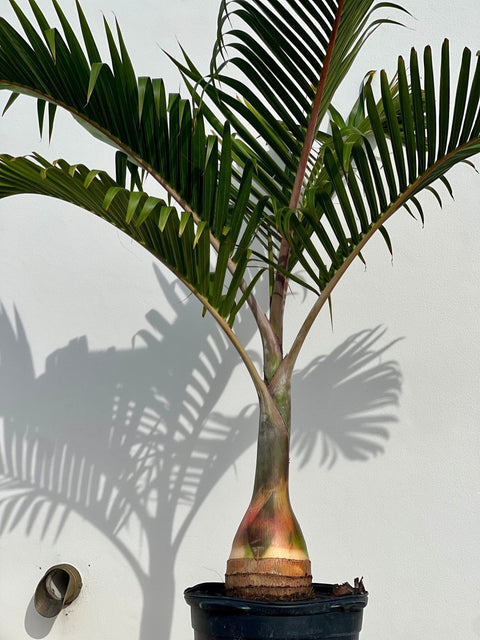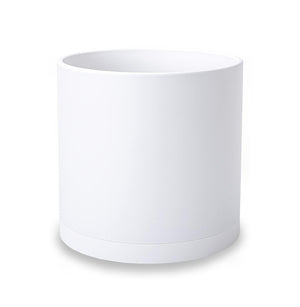How to Grow
Saw Palmetto Green is best grown in full sun to partial shade and in well-draining soil. It is drought-tolerant once established but will require regular watering during its first year of growth. It can also be grown in containers.Care Tips
Saw Palmetto Green is a low-maintenance plant that requires minimal care once established. It should be fertilized once a year in the spring with a slow-release fertilizer. Pruning is not necessary, but damaged or dead leaves can be removed as needed.Uses
Saw Palmetto Green is commonly used in landscaping as a focal point, as a border plant, or in mass plantings. Its leaves are also used in the production of palm frond crafts.Planting Tips
Saw Palmetto Green should be planted at the same depth as it was in its container. When planting in a container, choose a pot that is at least twice the size of the plant's root ball. Mulching around the base of the plant can help retain moisture and suppress weeds.Maintenance
Saw Palmetto Green is a low-maintenance plant that requires little attention once established. Regular watering during its first year of growth will help it establish a strong root system. Fertilizing once a year in the spring with a slow-release fertilizer will provide the plant with the nutrients it needs to thrive.Pests and Diseases
Saw Palmetto Green is relatively pest and disease-free. However, it can be susceptible to scale insects and spider mites. These pests can be controlled with insecticidal soap or neem oil. Overwatering or poorly draining soil can lead to root rot, so it is important to ensure that the plant is not sitting in standing water.Frequently asked questions
Saw Palmetto Green (Serenoa Repens) is a cost-effective landscaping option due to its low maintenance requirements, durability, and versatility. This native plant thrives in various soil types and climates, making it a practical choice for both residential and commercial landscaping projects. One key factor that contributes to the cost-effectiveness of Saw Palmetto Green is its minimal water needs once established. This plant is drought-tolerant and can survive on natural rainfall, reducing the need for frequent watering and saving on water bills. Additionally, Saw Palmetto Green requires little to no fertilization, further cutting down on maintenance costs. Another benefit of choosing Saw Palmetto Green for landscaping is its resilience to pests and diseases. This plant is known for its hardy nature, making it a long-lasting and sustainable option for outdoor spaces. Its dense foliage also provides excellent ground cover, reducing the need for weed control and mulching. In conclusion, Saw Palmetto Green is a cost-effective landscaping option that offers a range of benefits, including low maintenance requirements, durability, and versatility. By incorporating this native plant into your landscaping design, you can create a beautiful and sustainable outdoor space while saving on maintenance expenses in the long run.
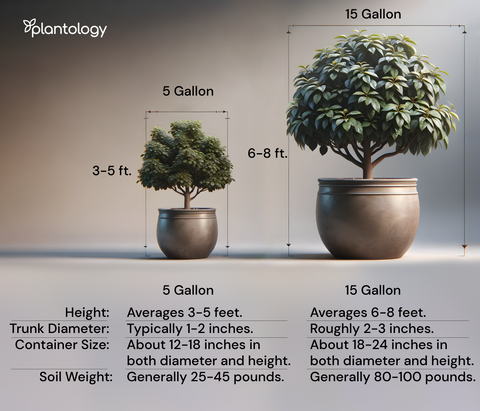
Free Shipping Over $150
Only $12 flat rate on orders under $150
Healthy Arrival Guarantee
Plants arrive healthy or we replace them free

